Many people ask: What is garam masala? Garam masala is an authentic spice blend that is widely used in Indian cuisine and is known for its unique ability to add warmth and depth to a variety of dishes. The name “garam masala” literally means “hot spices” but this is actually a metaphor for the kind of warmth that is intended by the spices. This blend is diverse and incorporated in almost all meals ranging from curries and soups to marinades and even drinks and that is why it is common in most households.
What is Garam Masala Made Of?
Answering the question of what is garam masala made of depends on the region, tradition, and personal preference as the composition can differ. However, a few core spices are commonly found in most Garam Masala blends. These include:
- Coriander Seeds
- Cumin Seeds
- Black Peppercorns
- Cinnamon
- Cardamom
- Cloves
- Nutmeg
Unpacking the Core Ingredients of Garam Masala
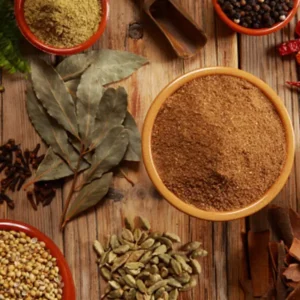
When discovering what is garam masala, you’ll find that every spice in garam masala is unique and contributes its particular flavor profile to the mixture. The exact ratios of those spices in garam masala recipe may also differ and hence there can be various versions of garam masala.
Here are some ingredients of what is garam masala is made of:
- Coriander Seeds
Coriander seeds are mild and sweet with citrusy notes that also help to balance out sharper flavors; this is why it is the backbone of the garam masala mix.
- Cumin Seeds
With a warm, earthy aroma, cumin seeds provide a rich depth of flavor. Cumin adds depth and a subtle bitterness that contrasts nicely with the sweetness of cinnamon and nutmeg.
- Black Peppercorns
The spiciness of the black pepper complements the flavor of the other spices without dominating it.
- Cinnamon
The sweet and woody flavor of cinnamon contributes a warmer note and enhances the blend.
- Cardamom
Cardamon is an ingredient that defines what is garam masala with its pungent flavor and an undertaste that is slightly sweet, minty, and herbal.
- Cloves
The bitter character of cloves, their sweetness, and their intense flavor make the warmth of the mixture more prominent.
- Nutmeg
Then there is the addition of nutmeg to the mix, which has a sweet and nutty undertone that rounds up the blend and provides the sweet undertone to tie all the other ingredients together.
- Bay Leaves
Bay leaves contribute a subtle aroma and a slightly bitter taste, which enrichens the composition of the mixture.
- Mace
Mace is the outer skin of nutmeg and it also has a delicate flavor like nutmeg but with a slightly more intense aroma.
Each ingredient in garam masala serves a distinct purpose, contributing to the overall flavor profile of the blend. Understanding what is garam masala spice and the role of these core ingredients can help you appreciate the complexity and balance that garam masala brings to your cooking.
Read More: Cardamom vs. clove | What are the differences?
The Art of Balancing Flavors in Garam Masala
Creating a perfectly balanced Garam Masala is both an art and a science. The secret is to know what is garam masala, how each individual spice in the garam masala recipe tastes, and how they complement or balance out with the other spices used. Balancing the warm, sweet, pungent, and earthy notes is essential to avoid overpowering any single flavor.
For instance, if the blend contains too much black pepper, the latter will make the overall blend too spicy while too much of the cinnamon will make the blend too sweet. Likewise, the strong flavors of cloves and cardamom should be moderated so that they are not overpowering the mix. The aim of knowing what is garam masala made of is to obtain a perfect balance where every spice is added and provides a complementary taste and aroma.
Traditionally, spices for Garam Masala are roasted before grinding. This roasting process intensifies their flavors and adds a toasted, smoky note to the blend. The roasting time and temperature must be carefully controlled to avoid burning the spices, which can introduce bitterness.
Can You Make Garam Masala at Home?
Yes, you can certainly make Garam Masala at home, and doing so allows you to customize the blend to suit your taste preferences. For instance, if you wish the blend to be spicier, you can use more black pepper or opt for dried red chili. If you enjoy a sweeter blend, you might choose to add more cinnamon or nutmeg. Knowing what is garam masala will open for you a limitless world of garam masala variations to make.
To prepare garam masala at home it is very easy. First of all, you’ll need to know what is garam masala made of as previously explained. Secondly, dry roast the whole spices in a pan, over medium heat until it emits an aroma. Caution should though be exercised so that they do not end up burnt. After roasting the spices, let them cool down then grind them to form a fine powder.
In the following sections, we’ll discuss the garam masala recipe and the process of making it at home in detail.
What is Garam Masala Used For?

So, it is also important to know what is garam masala used for and how to implement it in various cooking recipes. Garam masala is one of those spice mixtures that can be incorporated into various dishes easily. Here are some ideas of what is garam masala used for:
- Curries
As mentioned earlier in the “What is Garam Masala” section, garam masala is extensively used in Indian curries as one of the spices as its rich aromatic flavor goes well with other spices used in the preparation of the dish.
- Soups and Stews
Garam masala can also be added to soups and stews making the dish spicier and therefore warmer and more satisfying.
- Marinades
One of the important things to know about what is garam masala used for is that it can also be added to marinades for meat, poultry, and even vegetables to give the dish a lot of flavor.
- Rice Dishes
Adding garam masala to rice dishes such as biryani or pilaf can enhance the taste and give it a fragrant aroma.
- Vegetarian Dishes
Usually, garam masala is added to vegetable preparations such as lentils, chickpeas, or vegetable curries for a warm and aromatic flavor.
Garam Masala Recipe
If you’re new to making garam masala at home, here’s a simple garam masala recipe to get you started. Equipped with the information of what is garam masala and the core spices can help you adjust the quantities to suit your taste:
Ingredients
- 1\2 cup of coriander seeds
- 1\4 cup of cumin seeds
- 1 tablespoon black peppercorns
- 6 green cardamom pods
- 6 cinnamon sticks (2 inches)
- 2 tablespoons cloves
- 1 grated nutmeg
- 4 bay leaves
Instructions
- Dry Roasting
Roast coriander seeds, cumin seeds, black peppercorns, cardamom pods, cinnamon sticks, cloves, and bay leaves in a dry pan for five minutes over medium heat. In order not to burn stir continuously and roast until the spices are crispy and fragrant, which should take about 2-3 minutes.
- Cooling
Take the spices out of the pan so that they cool to room temperature.
- Grinding
Once cooled, grind the spices in a spice grinder, coffee grinder, or with the help of a mortar and pestle to obtain a fine powder.
- Adding Nutmeg
After grinding, the freshly grated nutmeg has to be added to the mixture of spices and should be mixed well.
This basic garam masala recipe will yield a flavorful and aromatic garam masala that you can use in a variety of dishes. Feel free to experiment with the quantities of each spice to create a blend that suits your personal taste.
Customizing Your Garam Masala Blend
One of the benefits of making garam masala at home is the ability to customize the blend to suit your preferences. So, knowing what is garam masala makes you adjust the garam masala recipe to create your unique blend. Here are some ideas:
- Adjusting Spice Levels
If you wish to have really hot garam masala then you can increase the amount of black pepper or can add dried red chili flakes. To obtain a less spicy mix, use fewer peppers and cloves.
- Sweeter Blend
For a garam masala recipe with more sweetness, add more nutmeg and cinnamon in it. It will give you a warm sweet aroma that pairs well with dishes like rice and desserts.
- Adding Additional Spices
You may include such spices as fennel seeds, star anise, or bay leaves in your garam masala mix alongside other ingredients. These additions can give your garam masala a unique flavor profile.
- Adding Mace
Mace is the outer covering of nutmeg and has a similar flavor, but is slightly more pungent. Adding a pinch of mace to your blend can enhance its complexity.
Read More: Cardamom VS Coriander A Detailed Comparison
Tips for Roasting Spices for Optimal Flavor
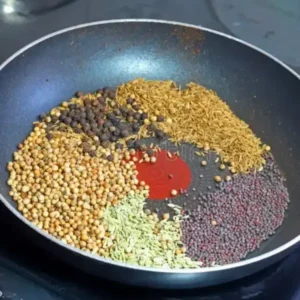
Roasting spices is a crucial step in making garam masala, as it helps to release their essential oils and enhance their flavors. Here are some tips to ensure you get the most out of your spices when roasting:
- Use a Dry Pan: Always use a dry, heavy-bottomed pan when roasting spices. This ensures even heat distribution and prevents the spices from burning.
- Roast Over Low to Medium Heat: Roast the spices over low to medium heat to avoid burning them. Spices can burn quickly, so it’s important to keep the heat at a level where they toast slowly and evenly.
- Constant Stirring: Stir the spices constantly while roasting to ensure they heat evenly and don’t stick to the pan. This also helps to prevent any one spice from burning while others are still roasting.
- Watch for Color and Aroma: The spices are done roasting when they begin to change color slightly and release a strong, fragrant aroma. Be careful not to over-roast, as burnt spices can impart a bitter taste to the garam masala.
- Cool Before Grinding: After roasting, allow the spices to cool completely before grinding. Grinding hot spices can result in a less even powder and may cause the essential oils to dissipate too quickly.
By following these tips, you’ll be able to roast your spices to perfection, resulting in a garam masala that is rich, aromatic, and full of flavor.
Conclusion
To sum it all up for the question: What is garam masala? Garam masala is an essential spice that is fundamental to Indian cuisine and it is a carefully balanced mix of spices like coriander, cumin, cinnamon, and cardamom that adds that extra warmth to most recipes. Both ready-made or prepared at home, garam masala seasoning adds to the palate of curries, rice, vegetables, and more. The fact that you can prepare your garam masala mix at home allows for customization and results in every meal of your choice having the personalized taste that you desire.
By getting our ZestyHut’s Garam Masala’s precise formula, you will ensure an exquisite garam masala product to make easily at home with a specified proportion of each ingredient, and a step-by-step guide with detailed instructions.
Our Garam Masala formula is made and curated specifically by experts to fulfill your personal preference and for any amount of garam masala, you need to make, from small spice containers to large stock amounts.
Get ZestyHut’s Garam Masala formula and click here.
FAQs
- Is Garam Masala a Hot Curry?
Garam masala is not a hot curry but a warm mix of spices. Although it has black pepper which gives a slight heat, it is not as spicy as the chili-based curries. Instead, as we discovered through the answer to the question “What is garam masala spice”, garam masala provides a warm, aromatic flavor that enhances the dish’s overall taste without overwhelming it with heat.
- Can I Replace Curry Powder with Garam Masala?
While both are spice blends, garam masala and curry powder have different flavor profiles. Curry powder usually contains turmeric which makes it yellow and with its unique taste. Garam masala is more flavorful and has a stronger aromatic flavor. You can substitute them, but it will change the flavor of the dish.
- Is Garam Masala Healthy?
Yes, Garam Masala can be described as a healthy blend as it doesn’t contain any unhealthy ingredients. It also has different spices that are known to have antioxidant and anti-inflammatory properties. Consumed in moderation as part of an overall healthy diet, these spices may help with digestion and metabolism, among other benefits.
- What Should I Use Garam Masala For?
Garam Masala is versatile and can be used in a wide range of dishes, including curries, soups, stews, roasted vegetables, and meat dishes.
- Is Garam Masala Suitable for Vegetarians and Vegans?
Yes, garam masala is a vegetarian and vegan-friendly product as it contains no animal products making it a versatile seasoning for plant-based dishes. It can be used in vegetarian curries, soups, and stews to give extra depth and richness to the dish.
- Can Children Enjoy Garam Masala?
Children can enjoy garam masala, especially when used in moderation. The blend is not overly spicy, making it suitable for young palates. However, it’s essential to consider children’s individual preferences and tolerance levels. Introducing garam masala in small quantities and gradually increasing it can help them develop a taste for these aromatic spices.

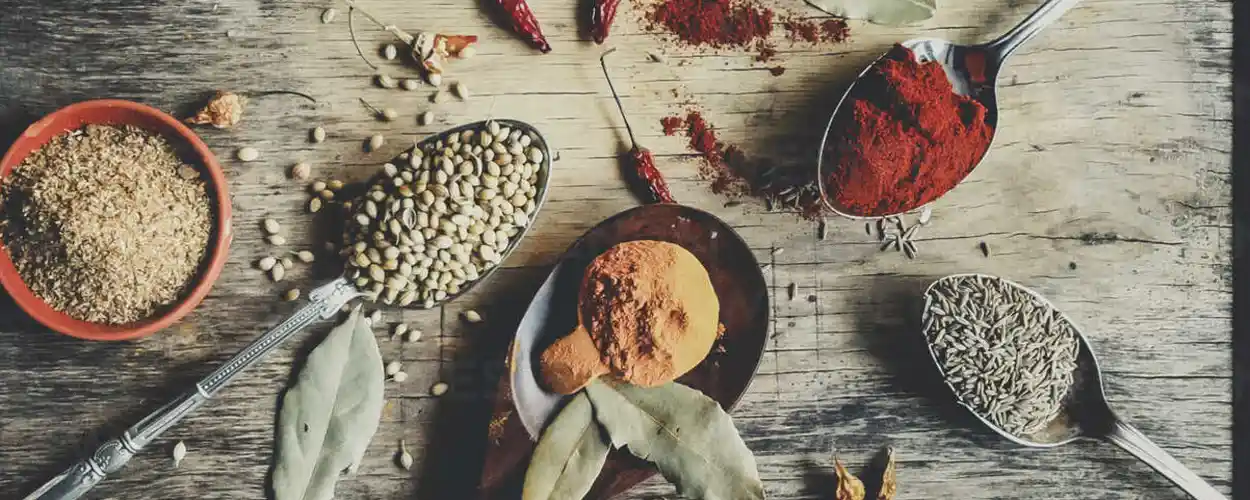
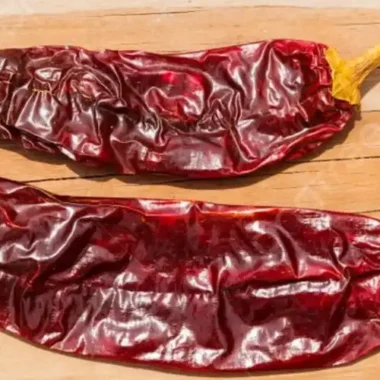
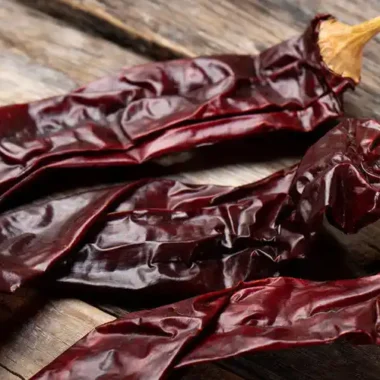
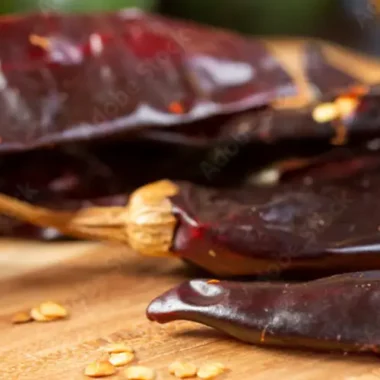
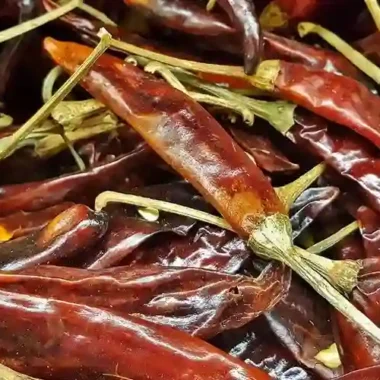

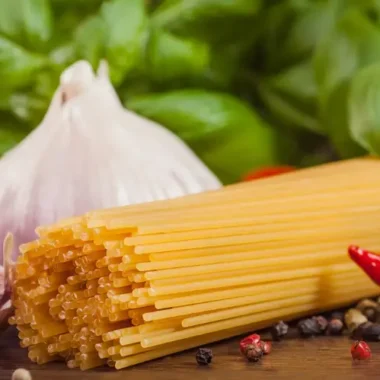
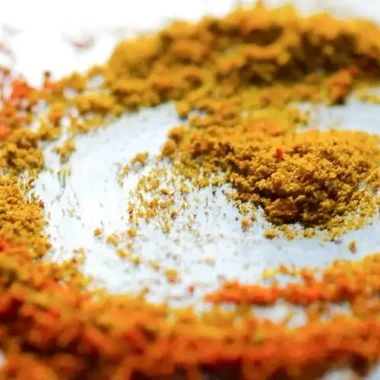
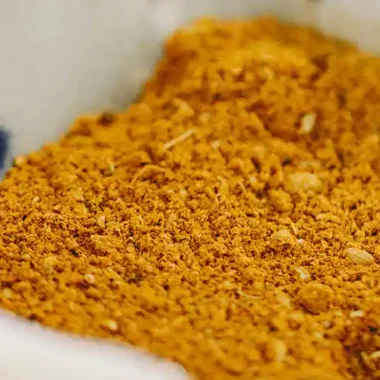
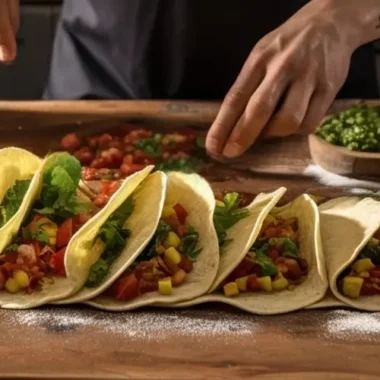










Pingback: Garam Masala Recipe | Flavorful Insights Into The Indian Cuisine
Pingback: #1 Garam Masala Ingredients | ZestyHut
Pingback: What Spices Are In Garam Masala | ZestyHut